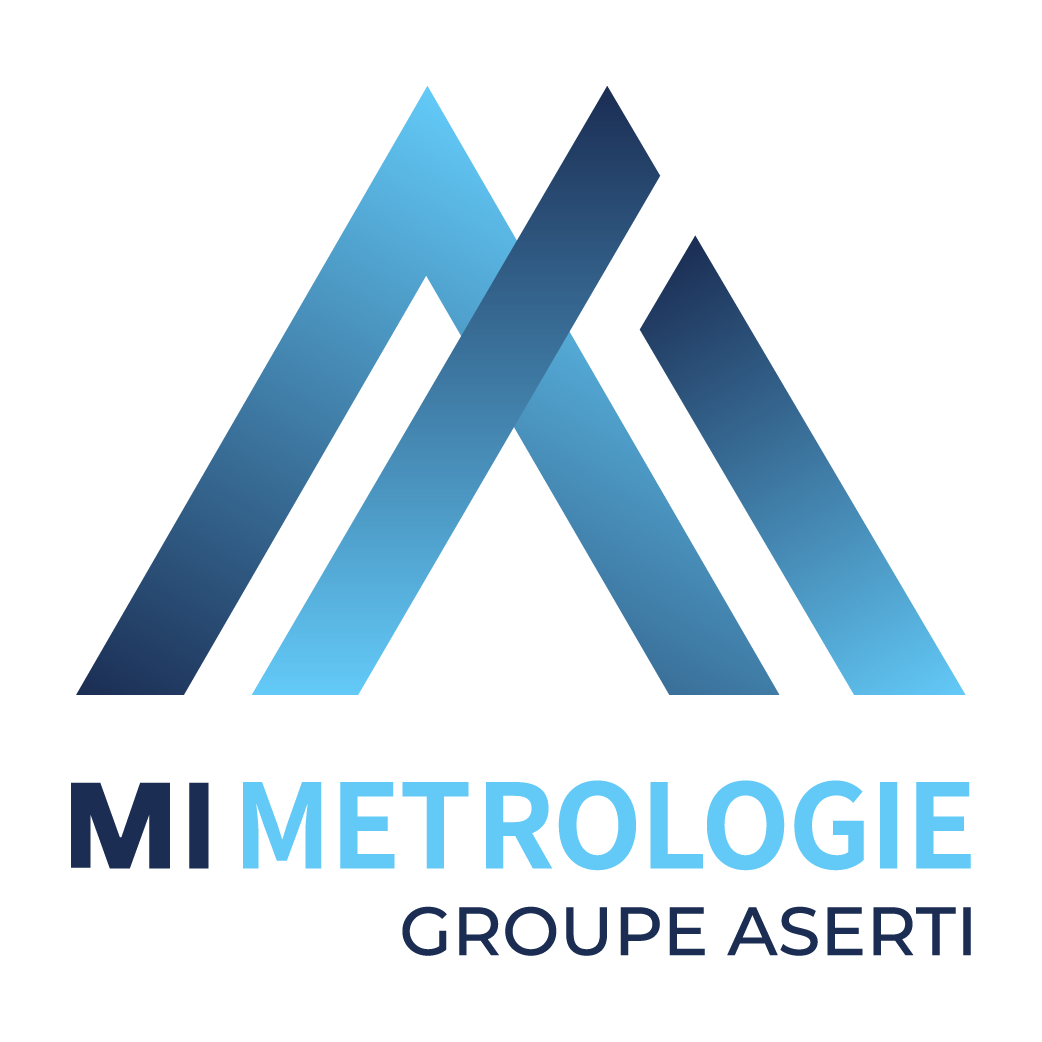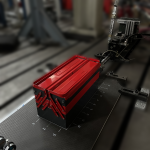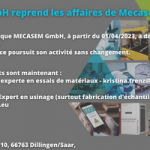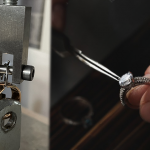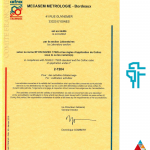Due to its speed and ease of manufacturing from a digital file, additive manufacturing has revolutionized prototyping in the design office, as well as the production of models in the design or marketing department
Definition of additive manufacturing – 3D printing :

Digital technology by definition, additive manufacturing encompasses the processes of piece manufacturing by adding material layer by layer along the Z axis and from a 3D digital file.
ISO 17296-3:2014: Additive manufacturing is a process of joining materials to make objects from 3D model data, layer by layer, usually as opposed to subtractive manufacturing and formative methods.
Principle of additive manufacturing:
The parts are manufactured by adding layers of material from a build plate, without requiring any tooling, from a 3-dimensional object definition file. In theory, the watchword of additive manufacturing is: design in 3D and it will be printed.
A brief history of additive manufacturing
The first attempts to create solid objects with photopolymers took place in the United States in the late 1960s. At that time, additive manufacturing was science fiction, with Arthur C. Clarke envisioning a machine that would replicate objects like printing books, and Professor Tournesol inventing a three-dimensional photocopier in “Tintin and the Lake of Sharks” in 1972. Additive manufacturing emerged from academic research in the 1980s with the filing of the first patents and the creation of the first companies (the first patent was filed in France in 1984, SLS in 1988, FDM in 1989 with the creation of Stratasys).
The first 3D printers appeared in the early 2000s. The Fraunhofer Institute created its cluster on additive manufacturing in 1998. In 2004, Adrian Bowyer created the RepRap project, the first open source 3D printer project, and gave birth to the maker culture.
The technologies became mature in 2010 and developed rapidly, aided by the expiration of the first patents, and moved beyond exclusive use in prototyping. We speak of a third industrial revolution, and in 2013, Barack Obama expressed the desire to invest in the creation of 3D printing centers to stimulate innovation and create jobs.
Challenges of Additive Manufacturing
Conception for additive manufacturing allows for the recreation, optimization, and improvement of a product without having to take into account the restrictions imposed by traditional manufacturing methods such as machining or injection molding. This design is not limited to just parts – the entire product can be reviewed and improved, including allowing for integrated assemblies (during fabrication) and new structures (lattice, etc.) that enable new technical performance or productivity gains. The work done on design allows for the discovery and exploitation of the properties of the materials used, including plastic, resin, or metal.
There are many additive manufacturing processes, and the field is constantly evolving. The ISO17296-2 standard, dating back to 2016, classifies the processes into 7 major families.
MECASEM has equipped itself with these two highly complementary technologies to meet all of your needs. You can learn more on our website by clicking here.
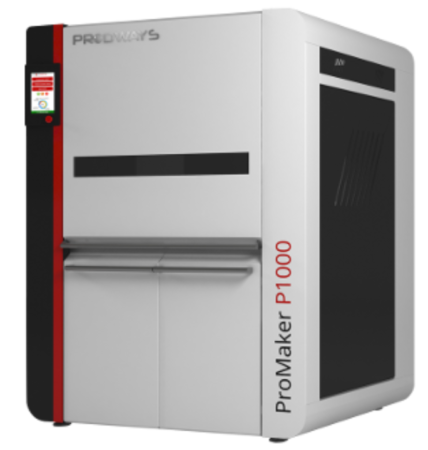 The SLS process (Selective Laser Sintering)
The SLS process (Selective Laser Sintering)
Selective Laser Sintering (SLS) is an additive manufacturing process belonging to the powder bed fusion family. The materials used in SLS are thermoplastic polymers that come in the form of fine powder. The powder bed consists of a build platform on which each layer of powder is deposited using a roller. A high-power laser sinters the powder grains in the layer according to the 3D file.
The powder bed is completely covered with powder regardless of the fabrication. This process is particularly suitable for the production of batches of parts. A batch of parts may include unique parts, identical parts (series), or customized parts.
The process provides high manufacturing accuracy and strong material consistency between layers. The unsintered powder holds the parts in place during their fabrication, supports overhanging fabrication areas, and does not require support structures.
Thus, with the SLS process, you can create many complex, intricate geometries without worrying about the limitations associated with supporting your parts.
The SLS process is particularly suitable for the following fabrications:
- 2D or 3D lattice structures
- Hollow shapes and tubes
- High material consistency ensuring mechanical strength in all axes in tension
- Mechanical characteristics of nylon PA12
- Thin walls
Parts designed for injection molding
Copies of thin sheet metal parts
- Batch production of parts
The SLS manufacturing process requires more effort in implementation, with a need (from an economic and environmental point of view) to fill the build platform with parts. Material changes are also constraining, and the range of materials is limited.
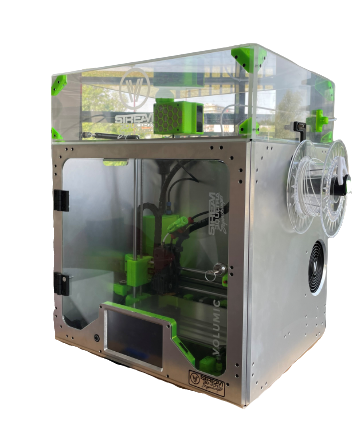 The FDM process
The FDM process
This FDM 3D printing process consists of melting a filament and extruding it through a printing nozzle that moves in the XY plane to deposit the material in the form of a molten wire and “draw” the part layer by layer. Since it takes a long time to fill a surface with material, the parts are not 100% filled with material and often have an internal fill by **hashing** with a material ratio ranging from 10 to 80%.
FDM 3D printing technology is one of the most popular 3D printing techniques, giving access to rapid manufacturing. Because of the ease of changing material (changing the wire spool), the technology offers a wide choice of materials, with very varied characteristics.
The FDM process is particularly suitable for the following manufacturing processes
- Prototyping by allowing a fast cycle design – manufacturing – testing – correction
- Parts requiring specific characteristics:
Mechanical
Flexible parts
Conductivity
Food or pharmaceutical certification
Etc…
